Recent developments lead to faster-growing fish, higher yields
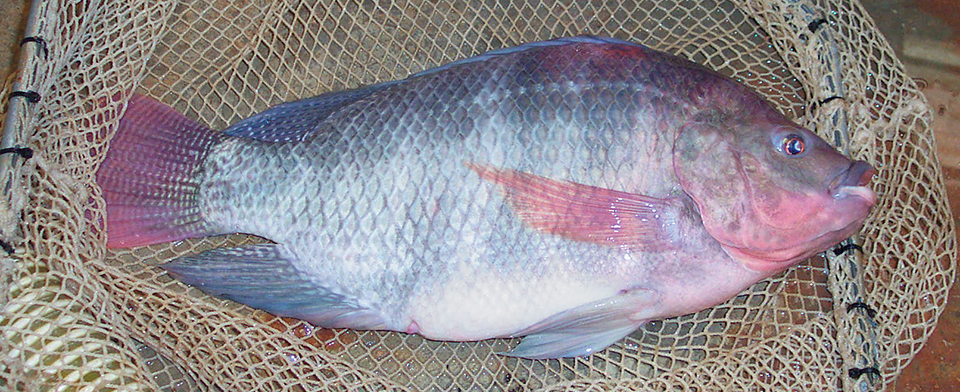
Tilapia are currently the most widely cultured fish in the world, with aquaculture now accounting for over 20 percent of the global seafood harvest. To make up for predicted shortfalls in wild harvest, the tilapia industry is responding, not only in its former strongholds throughout southeast Asia, but also in the Americas, the Car-ibbean, and now throughout Africa.
The main species cultured is the Nile tilapia (Oreochromis niloticus), which is popular due to its superior growth rates and ability to grow to large sizes over a wide range of environmental parameters. Its disease resistance and ability to efficiently utilize very diverse food sources also make it an ideal candidate for culture.
Monosex production
Increased production in tilapia has been based on extensive research efforts, with the most significant gains achieved by utilizing monosex production techniques. New entrants to the tilapia industry would not likely contemplate anything other than monosex production.
All tilapia exhibit early sexual maturity that leads to uncontrolled reproduction and large numbers of stunted and often unmarketable progeny. Single-sex culture eliminates this problem, and males are the obvious choice, as they exhibit considerably faster growth and achieve larger size than females.
Monosex populations were originally achieved by hormonal sex reversal of newly hatched fry using mainly methyl testosterone added to feed or the “immersion” technique, whereby fry are immersed in a concentrated solution of hormone.
Under proposed European Union legislation, however, hormonal sex reversal of tilapia could soon be banned in fish for human consumption, so the industry is moving away from hormone-treated tilapia. Recently in the United States, where tilapia consumption is increasing dramatically, the large chain of Whole Foods stores banned sales of hormone-treated tilapia, but welcomed the use of YY male technology as a safe and highly efficient replacement.
YY male technology
Fishgen, a British company based at the University of Wales in Swansea, was set up to commercialize the extensive research undertaken by university scientists and collaborators worldwide over the last 20 years. Its main focus is genetic enhancement in tilapia, promoting these technologies through consultancy services and sales of improved fish. The income generated funds further research and product development.
Through a sustained breeding program, Fishgen and its collaborators have developed an innovative and robust new genetic technology for producing all-male progeny in Nile tilapia.
The environmentally friendly technology requires no special facilities and also eliminates the expensive, time-consuming, and often variable hormonal sex-reversal techniques.
The “YY male technology” breeding program combines feminization and progeny testing to produce novel males with YY genotypes (two male sex chromosomes) instead of the usual XY male genotype. Known as “supermales,” YY males have the unique property of siring all-male progeny.
GMT offspring
The normal genetic male progeny are termed genetically male tilapia (GMT). GMT tilapia are used extensively around the world under a wide range of husbandry conditions. Recent results show a 97 percent average superiority in net returns of GMT over hormonally sex-reversed tilapia and 255 percent average superiority in net returns over mixed-sex tilapia.
GMT animals have produced higher yields – through a combination of enhanced survival and faster growth – at all the farms where they were tested. Improved feed conversion and greater size uniformity also contributed to the improved profitability of culturing GMT stocks.
New tilapia products
New products include a red GMT Nile tilapia, which is of major interest to producers in the Caribbean and the Americas. Fishgen is also developing cold-tolerant tilapia to broaden the culture range and extend the growing season in temperate countries. In Israel, for example, the broodstock have to be overwintered indoors, which considerably increases production costs. Preliminary results for cold tolerance appear promising.
Far greater research emphasis has been placed on producing salt-tolerant tilapia, especially in the Philippines, where the wild milkfish has been overfished. Most work has focused on using hybrids of the Mozambique tilapia (Oreochromis mossambicus), which is known to be saline-tolerant but has inferior growth rates. New strains and species are being evaluated to provide a more consistently high-yielding product. The ultimate goal would be a cold- and saline-tolerant GMT.
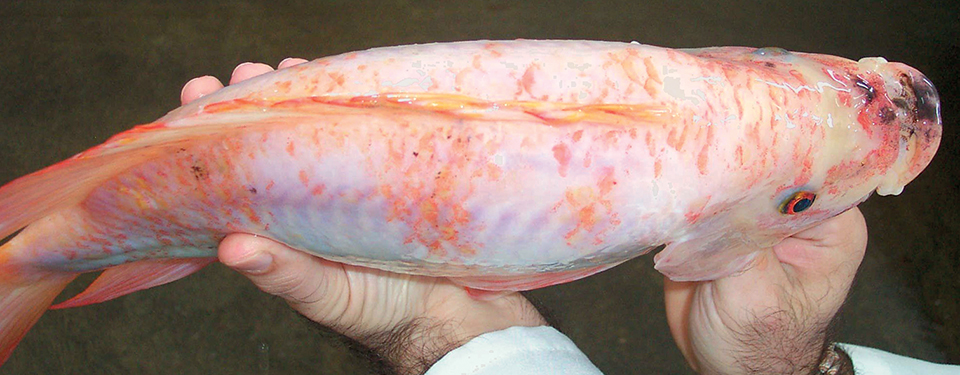
Transgenic tilapia
Research on transgenic tilapia by Professor Norman MacLean and Dr. Aziz Rahman from Southampton University in the United Kingdom developed Nile tilapia of up to 2 kg. Their nontransgenic siblings could only reach a maximum weight of 0.7 kg.
At four to seven months old, the average weights of transgenics in some of the genetic lines were three times higher than their nontransgenic siblings. The effects of the transgene on growth are so marked that in large samples, the distribution of weights of transgenics and non-transgenics did not overlap. In some species of fish, transgenics have exhibited physical abnormalities, but tilapia transgenics are normal in appearance.
This work is currently being evaluated in a commercial-scale recirculating facility, where initial results showed a large increase in the growth of the transgenics. The objectives of the research are to produce faster-growing fish through growth hormone gene incorporation, and sterile fish through transgenesis for DNA sequence-blocking production of one of the hormones necessary for reproduction.
The sterility, which could be readily reversed by injecting broodstock with the relevant hormone, is of paramount importance. As Africa is one of the areas where large-scale tilapia aquaculture is only beginning, introductions of improved strains of sterile O. niloticus would alleviate biodiversity problems for the endemic species of tilapia. Cuban scientists have also developed transgenic tilapia.
(Editor’s Note: This article was originally published in the December 2004 print edition of the Global Aquaculture Advocate.)
Now that you've reached the end of the article ...
… please consider supporting GSA’s mission to advance responsible seafood practices through education, advocacy and third-party assurances. The Advocate aims to document the evolution of responsible seafood practices and share the expansive knowledge of our vast network of contributors.
By becoming a Global Seafood Alliance member, you’re ensuring that all of the pre-competitive work we do through member benefits, resources and events can continue. Individual membership costs just $50 a year.
Not a GSA member? Join us.
Author
-
Eric Roderick
Biological Sciences
University of Wales
Swansea, SA2 8PP United Kingdom[107,117,46,99,97,46,97,101,115,110,97,119,115,64,107,99,105,114,101,100,111,114,46,101,46,101]
Tagged With
Related Posts
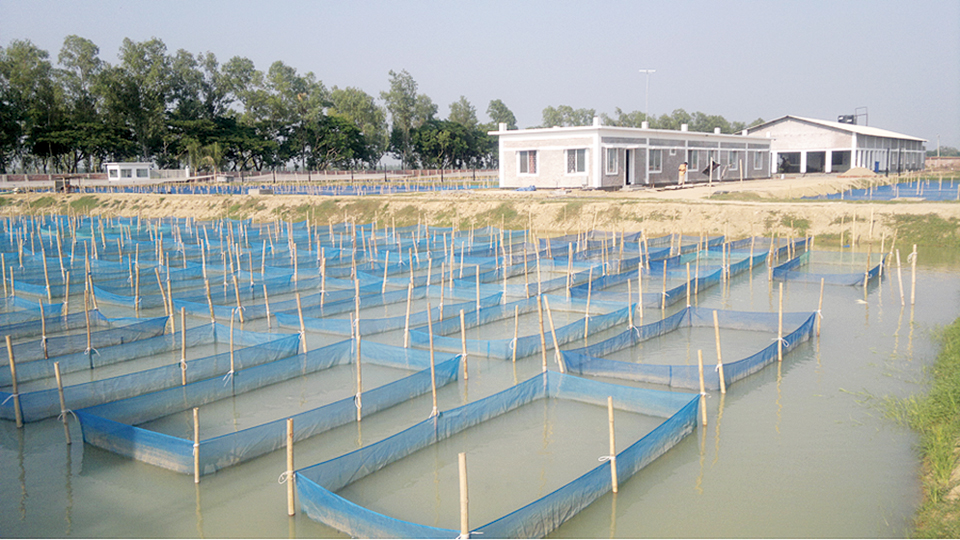
Health & Welfare
Public-private partnerships boost monosex tilapia fry production
With a hatchery system that involves collection of eggs and larvae, and hormonal sex reversal, it is possible to produce billions of monosex tilapia (all-male) fry to satisfy demand and accelerate aquaculture development.

Health & Welfare
Artificial incubation, hormonal sex reversal promoted tilapia boom
The tilapia production boom results from technology that combines artificial egg incubation and monosex fry production using hormonal sex reversal.
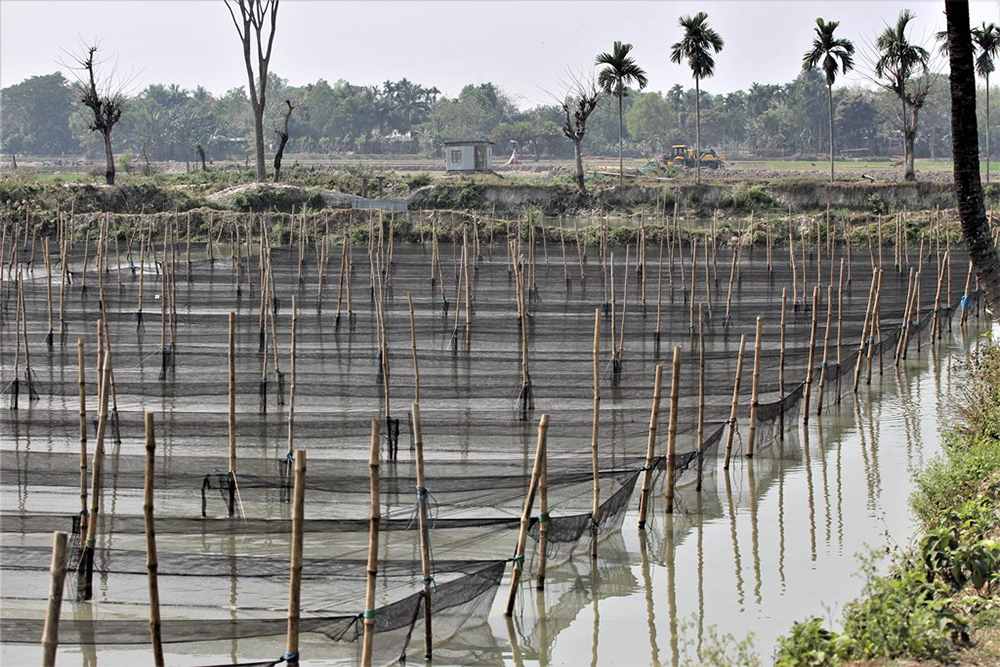
Intelligence
Bangladesh’s tilapia aquaculture industry shows resilience
Tilapia aquaculture in Bangladesh has developed significantly since 1999, based on the Genetically Improved Farmed Tilapia (GIFT) strain of Nile tilapia (Oreochromis niloticus) introduced from Malaysia and on the significant genetic improvement research work by the Bangladesh Fisheries Research Institute (BFRI).
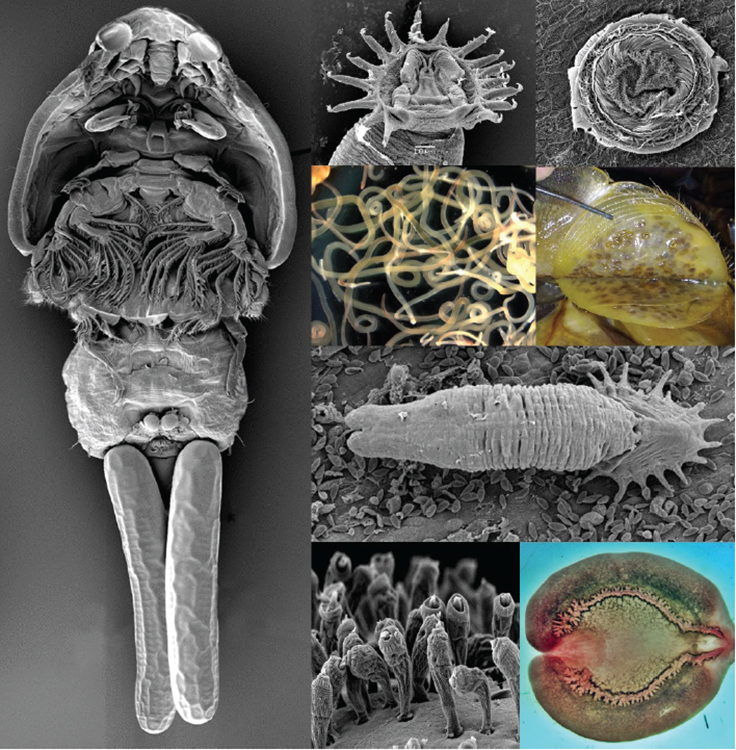
Health & Welfare
Economic impacts of aquatic parasites on global finfish production
Obligate and opportunistic parasites play a critical role in determining the productivity, sustainability and economic viability of global finfish aquaculture enterprises. Without stringent and appropriate control measures, the impacts of these pathogens can often be significant.


